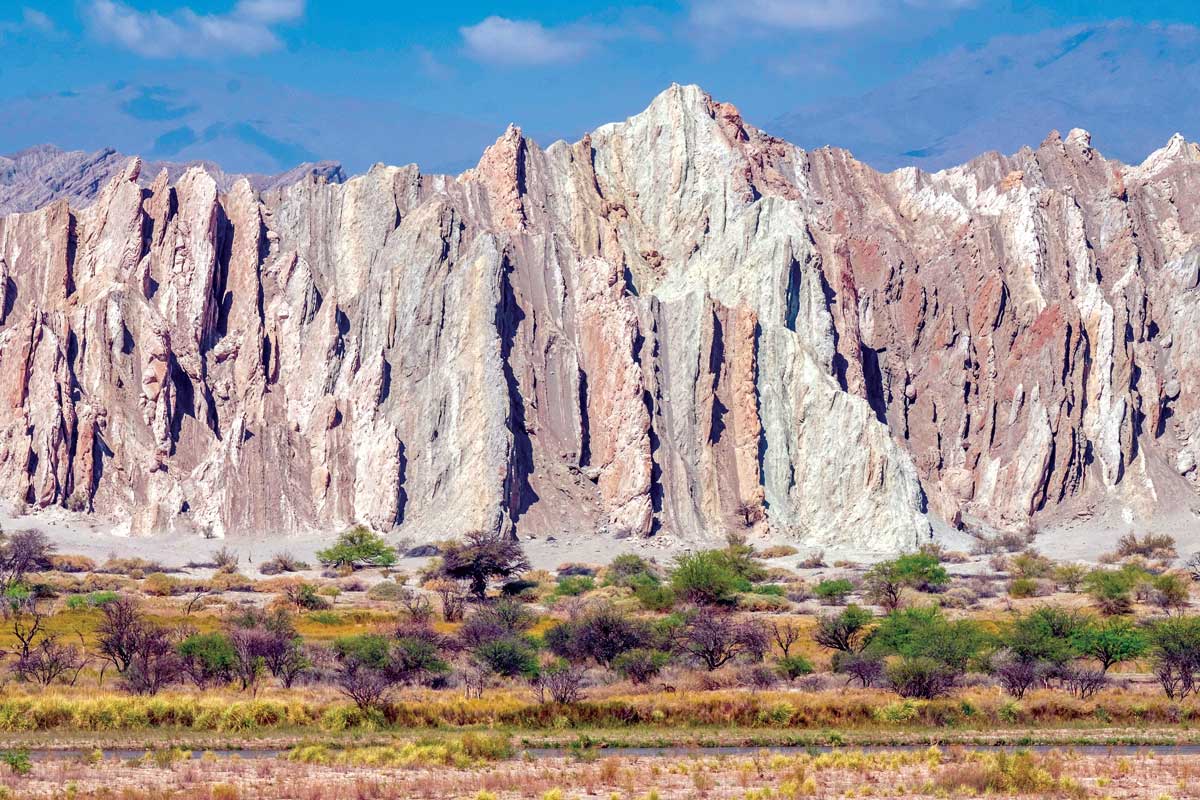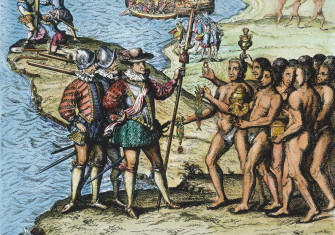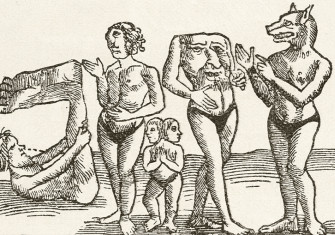The Inca’s Last Stand
An Indigenous rebellion in colonial Argentina foreshadowed later risings – and resonates to this day.

We rode up a dried river bed near Salta, north-west Argentina, under a fast-rising sun. Above a shadowy bend, a rock face was printed with a cryptic series of red, white and black dots. Trains of llamas and alpacas wove among thunderbolts of earthen pigment. They were at least 500, perhaps 1,000 years old, said Martin Pekarek, an anthropologist and manager of the local ranch. The same people probably left the handful of smooth bowls carved into a rock, possibly ceremonial mortars, at the entrance to the valley.
‘There’s no interest in them anymore’, Martin told me. ‘The government would rather the Diaguita were forgotten, divided and lost what’s left of their language. That way they’re easier to control.’







